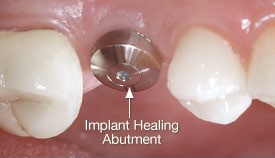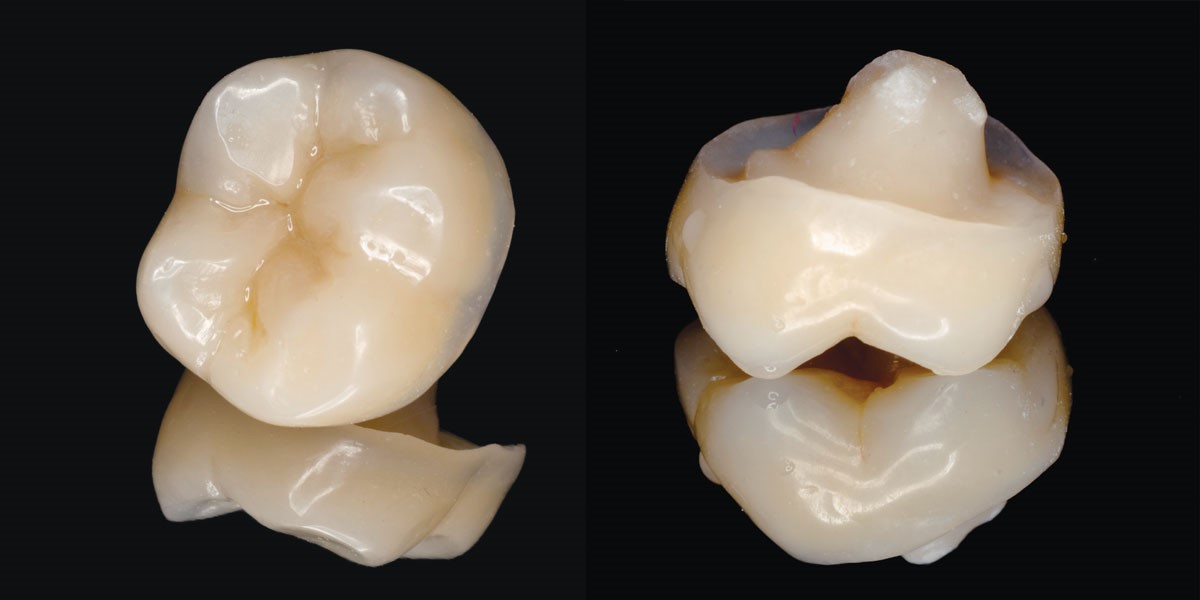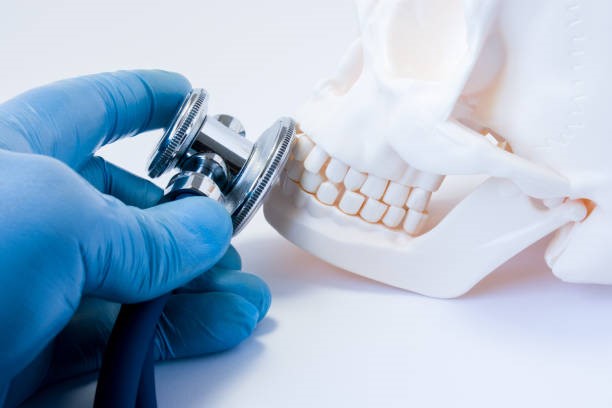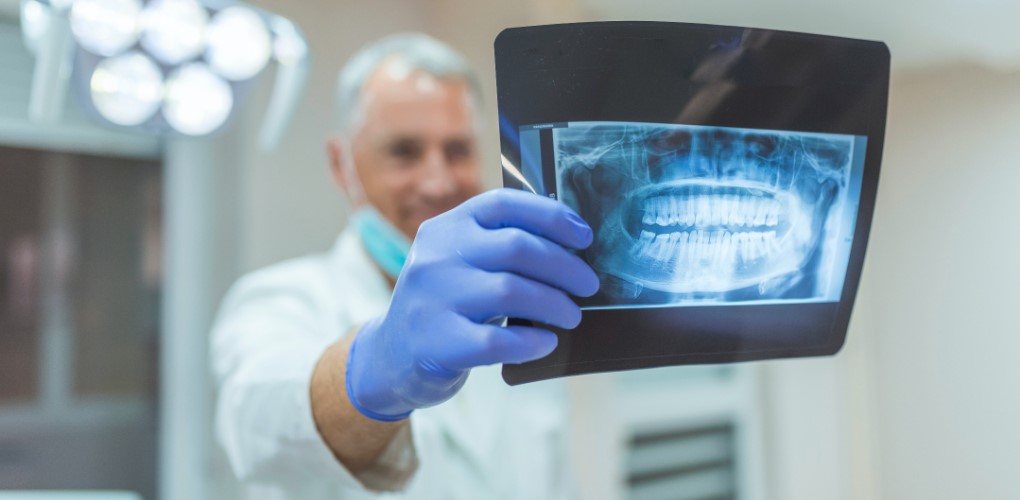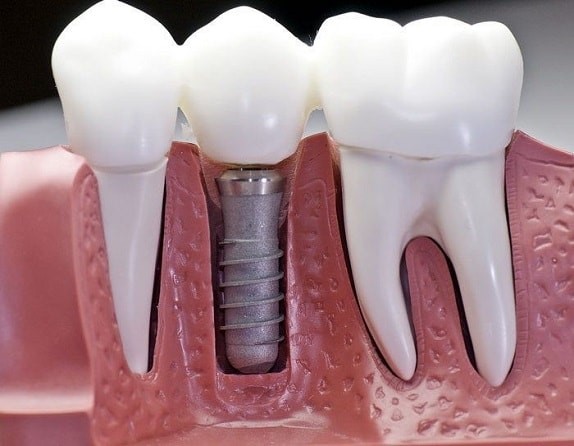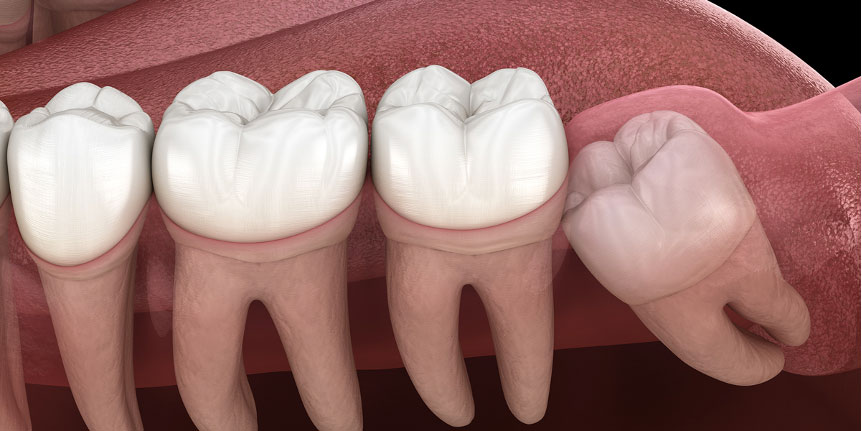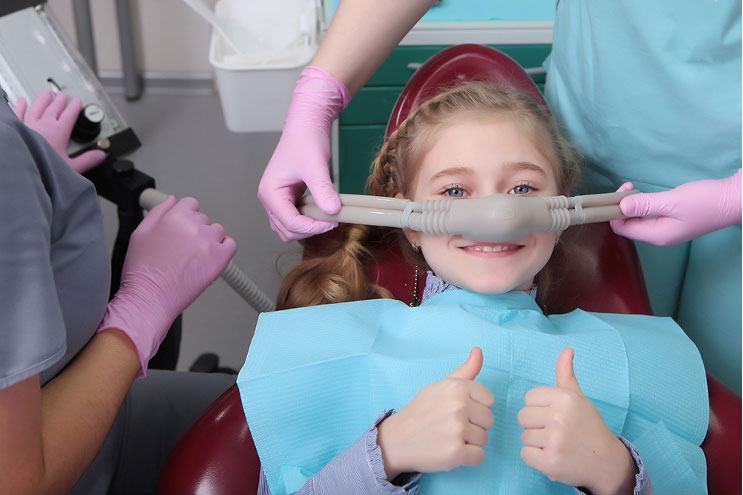A Melodious Journey Through the Ages
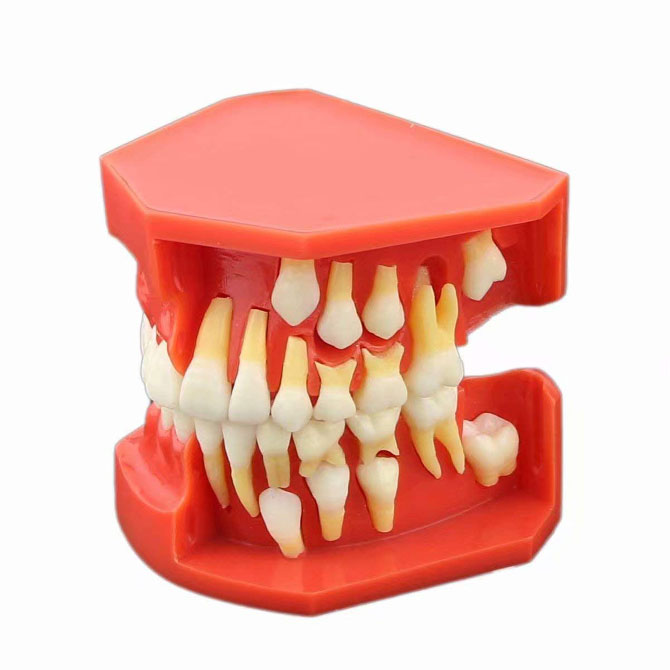
The Symphony of Tooth Eruption: A Melodious Journey Through the Ages
Teething marks a significant milestone in a child's development, heralding the emergence of their primary teeth. This comprehensive exploration navigates the enchanting journey of tooth eruption, from the first sprouts of primary incisors to the subsequent appearance of permanent molars, offering insights into the timing, variations, and considerations surrounding the age of teeth eruption.
The Dance of Primary Incisors: A Prelude to the Smile
Central Incisors (6-10 months)
1. Inaugural Incisors: The central incisors typically make their debut between 6 to 10 months, marking the initial steps in the symphony of tooth eruption.
2. Signs of Teething: Irritability, drooling, and a tendency to bite on objects often accompany the eruption of these central incisors.
Lateral Incisors (9-13 months)
1. Accompanying Companions: Following the central incisors, the lateral incisors join the ensemble, emerging between 9 to 13 months.
2. Expanding the Smile: The smile broadens as these lateral incisors take their place beside their central counterparts.
The Unveiling of Canines: Adding a Crescendo to the Melody
Canines (16-22 months)
1. Graceful Canines: Positioned adjacent to the lateral incisors, canines make their entrance between 16 to 22 months, adding a touch of grace to the developing dentition.
2. Importance of Canines: Canines play a crucial role in biting and tearing food, contributing to efficient chewing.
Molar Movement: The Backstage Players
First Molars (13-19 months)
1. Molar Debut: The first molars enter the scene between 13 to 19 months, taking their place in the back of the mouth.
2. Foundation for Chewing: These molars provide a solid foundation for chewing and are crucial for the development of proper occlusion.
Second Molars (23-31 months)
1. Final Act of Primary Dentition: The second molars, signaling the final act of primary dentition, emerge between 23 to 31 months.
2. Completing the Set: With the arrival of second molars, the primary dentition is complete, creating a functional and balanced dental arch.
Intermission: The Transition to Permanent Dentition
Shedding of Primary Teeth (6-7 years)
1. Natural Transition:Around 6 to 7 years, the process of shedding primary teeth begins, making way for the eruption of permanent successors.
2. Mixed Dentition Period:The child enters a phase of mixed dentition, where both primary and permanent teeth coexist.
Permanent Dentition Takes Center Stage: A Symphony Continues
Permanent Incisors and Canines (6-8 years)
1. Front Stage Transformation: The central incisors, lateral incisors, and canines of the permanent dentition start appearing between 6 to 8 years.
2. Foundation for Adult Smile: These early permanent teeth set the stage for the adult smile.
Permanent Premolars (9-13 years)
1. Premolars in the Limelight: Permanent premolars, crucial for maintaining occlusion and chewing efficiency, emerge between 9 to 13 years.
2. Completion of Incisors and Canines: The full set of permanent incisors, canines, and premolars is usually in place by early adolescence.
Wisdom Teeth (17-25 years)
1. Grand Finale:The third molars, commonly known as wisdom teeth, make their appearance between 17 to 25 years, completing the permanent dentition.
2. Considerations for Wisdom Teeth:Due to potential issues like impaction, the eruption of wisdom teeth may require monitoring and, in some cases, extraction.
Considerations and Variations in the Symphony of Eruption
Individual Variations
1. Genetic Factors:The timing of tooth eruption can be influenced by genetic factors, leading to variations among individuals.
2. Environmental Factors:Nutrition, health status, and environmental factors can also play a role in the timing of tooth eruption.
Orthodontic Considerations
1. Orthodontic Assessment:Monitoring the eruption of permanent teeth is crucial for orthodontic planning and intervention when necessary.
2. Early Intervention:Addressing orthodontic issues early in the eruption process can contribute to more effective treatment outcomes.
Conclusion: A Harmonious Smile Unveils Over Time
In conclusion, the age of teeth eruption unfolds as a harmonious journey, each tooth adding a unique note to the symphony of a developing smile. Understanding the sequence and timing of tooth eruption allows parents, caregivers, and dental professionals to guide and monitor the oral health of children effectively.
As the primary dentition gives way to the permanent ensemble, regular dental check-ups become essential for maintaining oral health throughout different life stages. The melody of tooth eruption, accompanied by proper care and attention, creates a lasting and beautiful smile that resonates through a lifetime.
Sources
- [American Academy of Pediatric Dentistry - Guideline on Management of the Developing Dentition and Occlusion in Pediatric Dentistry](https://www.aapd.org/media/Policies_Guidelines/G_DevelopDentitionOcclu.pdf)
